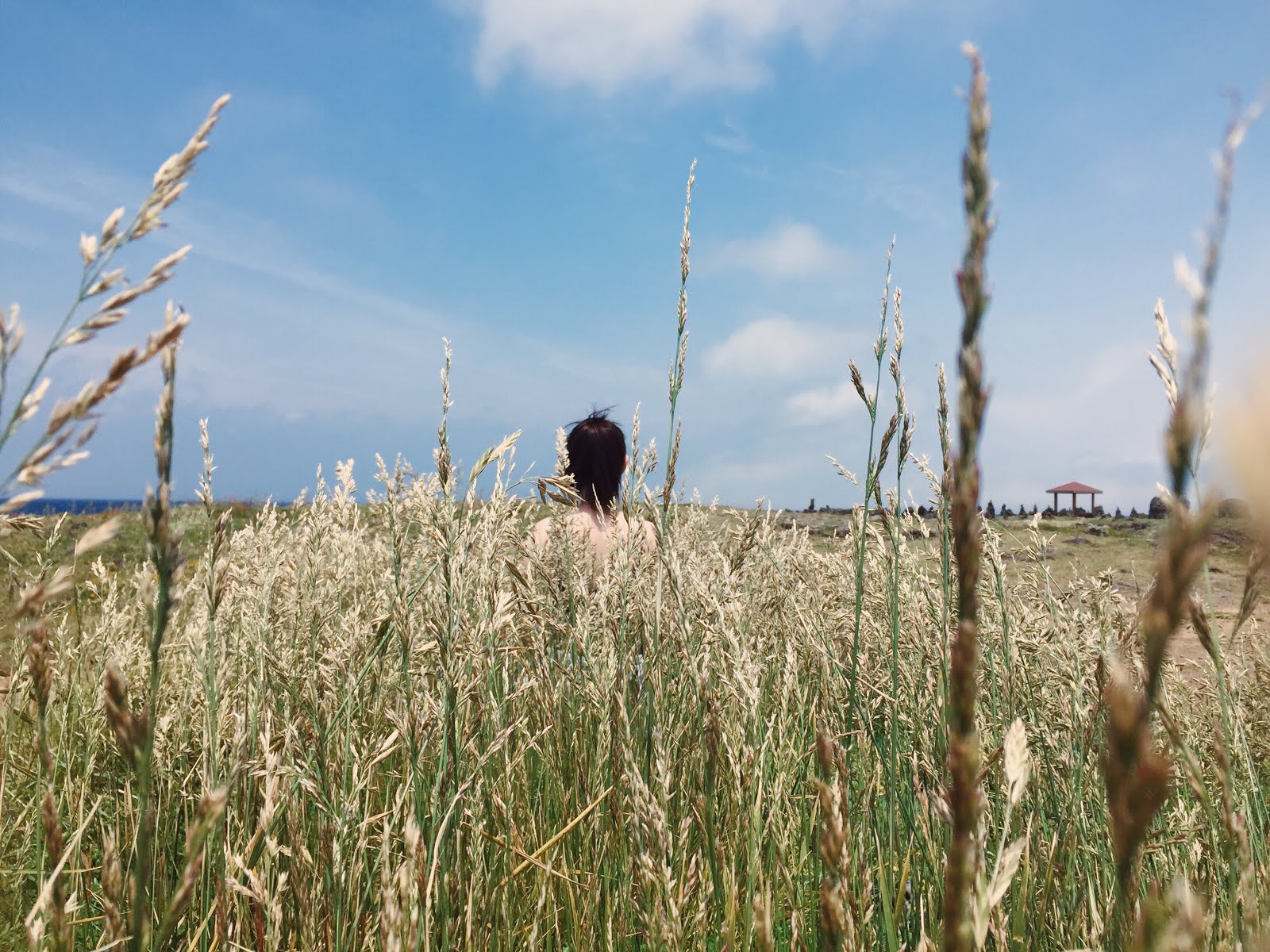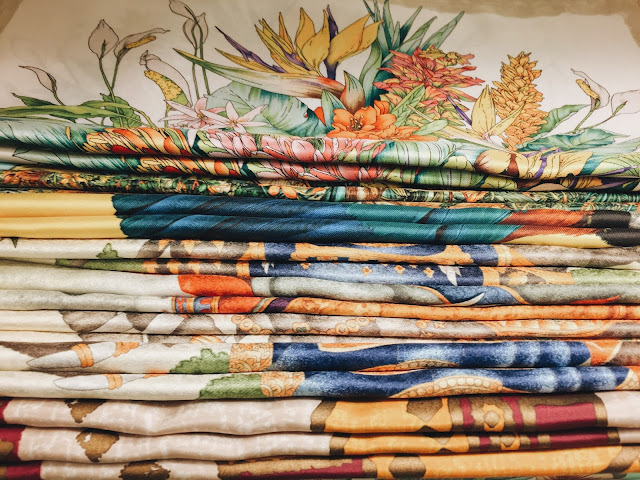History will always be a huge part of the future, I have always believed that it is an essential part of any development. History has its rich and vibrant timeline which suggests a whole lot of areas to tinker on and learn from. One of the things travelers must always take note of is to have a diverse itinerary, a balance of the old and new, a contrast of the whimsical and the real life. Our trip to Bangkok was diverse in a way that we got to experience both the traditional and contemporary life of Thailand.
When your research on places to see in Bangkok, the name JIM THOMPSON HOUSE will more or less be on the list. It is one of the most iconic landmarks in the city as it houses traditional Thai homes from different areas of the country and the famous art and craft of the Thai silk. The Jim Thompson House is the famous home of James Harrison Thompson, and American Architect by education and practice, former Strategic Service Officer for the CIA during the World War, and entrepreneur who founded the world famous Thai Silk company, JIM THOMPSON.
Currently, the Jim Thompson House serves as a museum and an arts and crafts center that welcomes its doors daily to tourists and patrons of the silk brand. A gallery or showroom by the entrance serves as an exhibition space for the recent products and collections being made by the brand, it is a very strategic way to introduce who Jim Thompson was and what the brand is about. Adjacent to the showroom would be an information desk for tourists to book their guided walking tour around the property.
Right outside the entry would be an are for artisans to demonstrate the traditional way of silk production-from the treatment, to the extraction of the fiber to the dyeing. I really enjoyed this part of the tour because of its informative and visual approach to educate its visitors about the craft. This gave us a better understanding of the design process of the brand and appreciate how each product is designed and produced with hardwork and heart for the craft.
The brand Jim Thompson is known for silk scarves, pocket squares, pillow cases, bags, and clothing. I would say that this is a luxury brand, to have a Jim Thompson would indeed be a statement and investment as well. To many, it might be impractical to spend so much for a silk hobo bag worth $237 or a $43 Cosmetic pouch, but the understanding of the process will actually justify for its cost. It takes a lot of creativity, patience, and hard work to be able to harvest silk, weave it, design it, and produce it in high quality condition. This is why I said earlier that it is indeed an investment that one could consider since it can in the long run be considered as a collector's item.
Nature will always be a huge part of the prints of Jim Thompson. I would write about my thoughts on as to why it became a huge part of the brand as I go along the entry!
Jim Thompson has expanded the brand by producing leather made products as well and combining it with silk and other fabrics.
After taking my sweet time at the showroom while my husband watch the silk extraction outside, we decided to book a guided tour. If I remember it correctly, there really is no other way to explore the place but to join a guided group tour. They do the tour by batch since the structure is old and considered to be delicate already, they also offer tours in different languages.
The walkway leading to the actual house and courtyard.
Traveler tip: flash photography is not allowed as well as photography inside the house (hence my lack of interior shots). You will also be asked to surrender your bags and remove your shoes upon entering the house. It's best if you wear comfortable clothing and footwear :)
While waiting for your batch to be called for the tour, you may also walk around the courtyard and enjoy the lush greenery.
Jim Thompson volunteered for the US Army during the World War. He was assigned for the Strategic Services for the CIA and gave him the opportunity to travel and see different sights around Africa and Asia. He went through rigorous training in jungle survival, something that is reflected by the nature inspired designs of the brand as well as the rich landscape around his house.
After the war, Jim fell in love with Bangkok and decided to settle there. He went back to his Architectural practice and his love for the art by collecting different artifacts from around the country. Jim bought six different traditional Thai houses that could be found in different areas of Thailand and decided to build his house around the footprint of these structures. With the aid of his Thai Architect, simulated space planning, construction techniques and design were produced to be able to build a structure that would exhibit the traditional architecture and craftsmanship of Thailand.
The location of the house was very strategic as it sits on a canal (klong in Thai) across Ban Krua, where his weavers lived. Most of the Ban Krua houses from the 19th century were relocated in Ayutthaya but Thompson was able to acquire the largest weaver's house, which is now known as the living room.
Experiencing the house of Jim Thompson is something one can't miss. It channels a lot of inspiration for design, architecture, tradition, art, and respect for diverse culture and beliefs. Walking around the house feels like transporting yourself in the time where Thompson still lived in the place. It gave me a quick visual throwback to how he probably enjoyed afternoons and morning around the huge drawing room, or nights spent by the balcony of his bedroom, and the countless of times he hosted gatherings by the garden. The spirit of Thompson simply lives on even after his tragic and mysterious disappearance.
Thompson collected a lot of pottery, sculptures, and wood from Burma, Cambodia and other parts of Asia. Most of these are seen on the exterior and interior of the place.
We really enjoyed the tour at Jim Thompson. It was the closest to what you could get to immersing yourself inside a traditional Thai dwelling. I also admire how the Jim Thompson Foundation and brand remain sustainable and active despite the loss of the great founder. They are indeed doing a great deed by preserving the art, tradition, and lived experience of the place by extending it to tourists like me.
JIM THOMPSON HOUSE
6 Soi Kasemsan 2, Rama I Road, Bangkok
Open everyday from 9am-6pm
Admission fee:
150 Baht for Adults and 100 Baht for students under 22 years old
How to get there:
Via BTS Sky Train: Get off at the Ratchadamri station, follow the road map below
(Rail map and Road map images from website)
More places from our Bangkok exploration soon! I hope to be able to help you design your own trip!












































Comments
Post a Comment